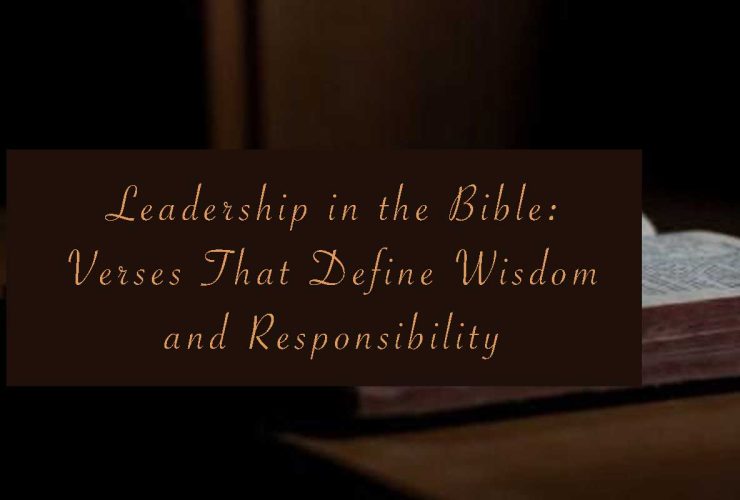Paul Gustave Doré remains one of the most fascinating illustrators in the history of Western art. Known for his dramatic engravings of Heaven and Hell, Doré shaped how generations imagined eternity. Through monumental projects such as Dante’s Divine Comedy, Milton’s Paradise Lost, and his illustrated Bible, he provided visions of radiant light, salvation, and transcendence alongside chilling portrayals of torment, despair, and eternal darkness. His legacy is not only artistic but also spiritual, a bridge between imagination and theology.
Doré’s Artistic Journey Toward Eternity
Born in 1832 in Strasbourg, France, Paul Gustave Doré was a child prodigy whose talent quickly drew attention. By his teenage years he was already a professional illustrator, and across his career he produced thousands of engravings. Unlike many artists who worked in paint or sculpture, Doré specialized in wood and steel engravings, a medium that allowed his works to be widely reproduced in books and prints. This accessibility made him one of the most influential artists of the 19th century.
Doré gravitated toward grand, eternal themes: epic poetry, sacred scripture, and timeless allegory. Eternity fascinated him because it provided an infinite stage for light and darkness, glory and despair. By engaging with religious texts, Doré gave shape to the unseen. His engravings became windows into Heaven and Hell, turning spiritual imagination into visible reality.
Heaven in Doré’s Vision
The Celestial Realm in Dante’s Paradiso
Doré’s engravings of Dante’s Paradiso are celebrated for their ethereal beauty. Heaven, in Doré’s vision, is not a static cloudscape but a cosmic dance of light. Angels form radiant circles, orbiting the divine presence at the center. These illustrations suggest eternity as both infinite and harmonious, filled with rhythm and order.
Unlike earlier depictions, Doré emphasized movement and transcendence. His swirling lines pull the viewer into infinity, making Heaven feel alive. He captured the idea that divine light itself is Heaven—beyond form, beyond time, and beyond material existence.
Heavenly Moments in the Bible
Doré’s illustrated Bible (1866) cemented his reputation as a master of sacred art. Works like Jacob’s Ladder or The Ascension show Heaven as a place where divine light breaks into human history. Open skies, angelic hosts, and radiant atmospheres characterize these engravings, making the divine feel both majestic and near.
In these works, Heaven is not distant—it is present, an eternal realm touching earthly lives. Doré’s Heaven is majestic, pure, and filled with hope, offering viewers a glimpse of eternity’s promise.
Hell Through Doré’s Eyes
Dante’s Inferno
Doré’s Inferno engravings are some of the most haunting images in art history. Here, Hell is dark, chaotic, and terrifying. He depicted the storm-driven souls of the lustful, the ice-bound traitors of Cocytus, and demons reveling in torment.
His Hell is not only physical punishment but also a psychological landscape of despair. Faces etched with hopelessness reveal the cost of sin. In every line of shadow and flame, Doré shows Hell as both eternal consequence and inner torment.
Milton’s Satan in Paradise Lost
In his engravings for Milton’s Paradise Lost, Doré presented Satan not simply as grotesque but as a tragic, towering figure. Charismatic, proud, yet broken, Satan embodies rebellion and ruin. Doré’s Hell is a vast wasteland of fire and shadow, where ambition collapses into despair.
This portrayal shaped modern visions of Satan—a figure of defiance and doom, majestic yet condemned. Doré’s Hellscapes made rebellion both awe-inspiring and terrifying, reminding audiences of eternity’s high stakes.
Comparing Doré’s Heaven and Hell
| Theme | Doré’s Heaven (Paradiso, Bible) | Doré’s Hell (Inferno, Paradise Lost) |
|---|---|---|
| Light vs Darkness | Radiant, luminous, filled with divine light | Shadows, flames, storms, oppressive dark |
| Figures | Angels, saints, harmonious beings | Sinners, demons, chaotic souls |
| Atmosphere | Harmony, transcendence, peace | Despair, chaos, eternal punishment |
| Symbolism | Unity, divine order, salvation | Human weakness, rebellion, consequence |
| Emotional Tone | Awe, hope, spiritual elevation | Terror, sorrow, moral warning |
| Artistic Technique | Swirling lines, concentric patterns, light | Heavy contrast, jagged lines, shadow depth |
The Balance of Light and Darkness
Doré’s vision of eternity resonates because it holds both extremes. Heaven and Hell are inseparable—two sides of the same eternal reality. By showing radiant harmony beside infernal despair, he offered a complete spiritual map.
His works confront viewers with a choice: light or darkness, salvation or damnation. This balance of hope and warning is what makes Doré’s art timeless. Eternity is not abstract; it is deeply personal, a reflection of moral direction.
The Religious Dimension of Doré’s Work
Doré’s Bible engravings were groundbreaking. With over 200 illustrations, the series became the most widely distributed sacred art of its time. From Creation to Revelation, Doré’s images provided believers with visual theology.
Even today, this tradition continues in works that combine scripture and imagery. Modern collections such as Bible verse wall art prints echo Doré’s approach—pairing divine words with powerful imagery to inspire faith and reflection.
Doré’s Influence on Literature and Culture
Doré’s reach extended far beyond the church. Writers and poets referenced his engravings as definitive interpretations of Dante and Milton. Filmmakers drew on his Hellscapes for Gothic and horror cinema. His angels and demons even influenced early comic books and fantasy art.
Modern art still reflects Doré’s touch. His vision of eternity continues to inspire reinterpretations. As seen in Paul Gustave Doré’s dramatic Bible illustrations, his imagery remains relevant across genres—faith, art, and popular culture alike.
Eternity as Human Experience
Doré’s engravings resonate because they mirror the human soul. Heaven symbolizes hope, longing, and divine connection. Hell embodies weakness, despair, and consequence. Together, they form a vision of eternity that feels deeply personal.
Every viewer finds themselves reflected in Doré’s works: our fears in Hell’s torment, our aspirations in Heaven’s light. His engravings invite us to examine our moral choices and spiritual journey.
Why Doré’s Vision Endures
Paul Gustave Doré’s art endures because it is universal. His engravings translate eternity into a language of light and shadow. They confront timeless questions: What lies beyond death? What do our choices mean?
For modern admirers, curated collections such as Paul Gustave Doré art prints or spiritual artworks provide ways to bring his eternal vision into everyday life. Doré’s imagery transforms walls into reminders of eternity’s beauty and warning.
Conclusion
Paul Gustave Doré’s engravings of Heaven and Hell remain the most iconic depictions of eternity in art. By illustrating Dante, Milton, and the Bible, he gave humanity a complete vision of the afterlife—radiant harmony and terrifying despair, salvation and damnation.
His art reminds us that eternity is not distant but immediate, woven into the choices we make. As Doré’s works continue to inspire both faith and creativity, his legacy shines as proof that art can make eternity visible.
FAQs on Paul Gustave Doré’s Vision of Eternity
What inspired Paul Gustave Doré’s vision of Heaven and Hell?
Doré was inspired by epic works like Dante’s Divine Comedy, Milton’s Paradise Lost, and the Bible. These texts gave him the opportunity to explore themes of eternity, morality, and divine justice, which he captured in his engravings.
Which of Doré’s works best capture Heaven?
His engravings for Dante’s Paradiso are considered his most luminous depictions of Heaven. With radiant circles of angels and divine light, they portray eternal harmony and transcendence.
How did Doré represent Hell?
In his Inferno and Paradise Lost illustrations, Doré depicted Hell as chaos, torment, and despair. He showed storm-driven souls, flames, grotesque demons, and faces etched with hopelessness, capturing both physical suffering and psychological horror.
Why are Doré’s engravings still influential today?
They endure because they address universal human concerns: eternity, morality, and the afterlife. Doré’s balance of hope with warning, and light with darkness, makes his vision timeless and continually relevant.
How can modern audiences experience Doré’s vision?
Modern audiences can explore his engravings through art museums, published collections, and reproductions. For personal inspiration, curated pieces like Paul Gustave Doré art prints and spiritual wall art bring his eternal vision into contemporary homes.





